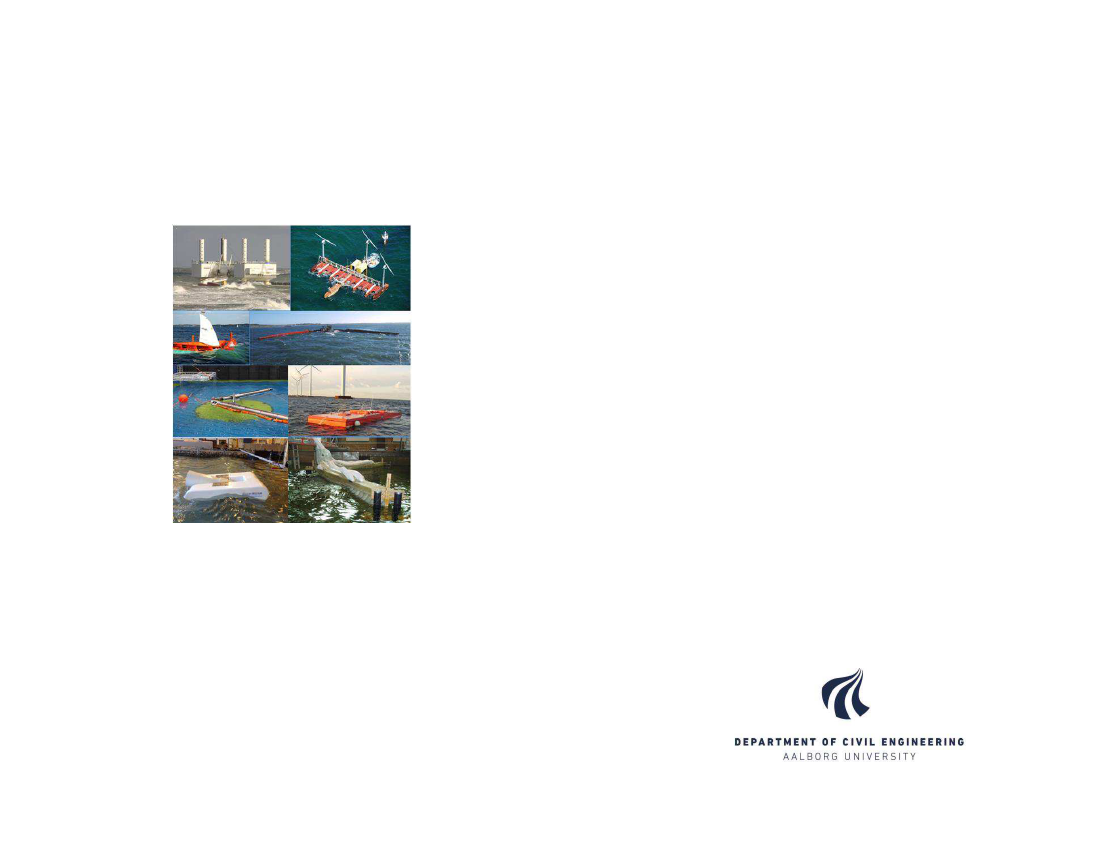
Partnership for Wave Power - Roadmaps
Wave Energy Technology Roadmaps
K. Nielsen, J. Krogh, H. J. Brodersen, P. R. Steenstrup, H. Pilgaard, L. Marquis, E. Friis-Madsen, J. P. Kofoed
EUDP 13-I J.nr. 64013-0107
ISSN 1901-726X
DCE Technical Report No. 186